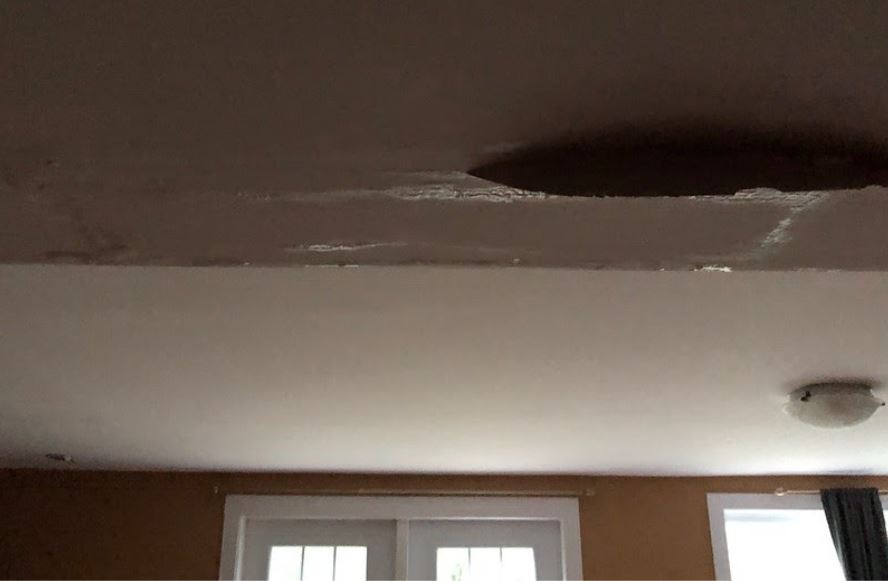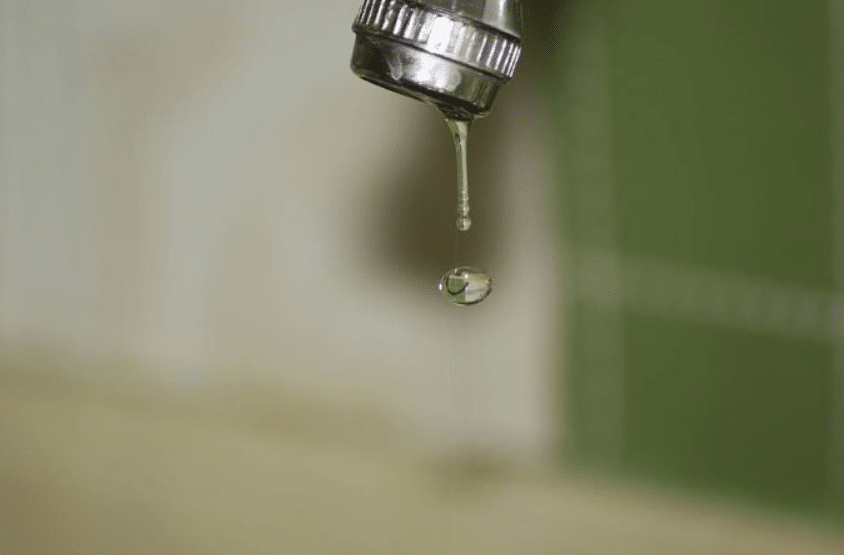Expose Common Roots of Leak Problems Within Your Home
Expose Common Roots of Leak Problems Within Your Home
Blog Article
Were you searching for answers concerning How to Find Water Leaks?

Leaks not just trigger waste of water yet can additionally cause unneeded damage to your residence and also advertise undesirable natural development. By looking as well as understanding for daily scenarios that cause leaks, you can safeguard your house from future leaks as well as unnecessary damage.
Immediate temperature modifications.
Extreme temperature level modifications in our pipelines can trigger them to increase and acquire all of a sudden. This expansion as well as tightening may trigger splits in the pipelines, especially if the temperature are listed below cold.
Rusty water systems
As time passes by, your plumbing system ages as well as deterioration such as corrosion might begin gnawing the pipes. This might be the reason for discoloration or warping on your water pipes. This calls for an assessment with your plumber immediately. Take into consideration changing the pipes since they are at a greater threat of corrosion than the more recent versions if our plumbing system is old.
Faulty Pipeline Joints
The factor at which your pipes attach is regularly the weakest link in the waterline. Pipeline joints can degrade in time, leading to water leaks. The bulk of pipeline joints are not easily noticeable. If you have noisy pipes that make ticking or banging sounds, specifically when the hot water is turned on, your pipeline joints are possibly under a lot of stress. It is recommended to have your plumber check your system annually.
Intruding origins
The majority of water leakages begin outside your house as opposed to inside it. If you notice an abrupt decline in water stress, state in your tap, take time to head out as well as examine your backyard. You may discover wet patches or sinkholes in your lawn, which could imply that tree roots are getting into water lines causing water to seep out. You can have your plumber check for invasion, especially if you have trees or bushes near your building.
Poor Water Connectors
Sometimes, a leak can be brought on by loose hose pipes and also pipes that supply your home appliances. Typically, shifting is what creates the loose water Links. You could locate in the case of a washing maker, a hose may spring a leak because of shaking during the spin cycle. In case of a water connections leak, you might notice water running directly from the supply line or puddles around your devices.
Blocked Drains
Obstructed drains may be frustrating and also inconveniencing, but they can often wind up causing an overflow resulting in rupture pipelines. Maintain getting rid of any materials that may decrease your drains that might block them to prevent such aggravations.
All the above are causes of leaks yet not all water leakages arise from plumbing leakages; some leakages may come from roofing system leaks. All leaks need to be fixed promptly to prevent water damage.
Leakages not just trigger waste of water but can additionally create unnecessary damage to your residence as well as promote undesirable organic development. By recognizing as well as looking for daily situations that create leaks, you can secure your house from future leaks and unnecessary damages. Today, we will look at 6 leakage triggers that may be causing your pipes to leak.
At times, a leak can be triggered by loose hoses as well as pipes that supply your home appliances. In situation of a water links leakage, you may notice water running directly from the supply line or pools around your appliances.
How To Check For Water Leak In Your Home
How To Check for Leaks
The average household's leaks can account for nearly 10,000 gallons of water wasted every year and ten percent of homes have leaks that waste 90 gallons or more per day. Common types of leaks found in the home are worn toilet flappers, dripping faucets, and other leaking valves. These types of leaks are often easy to fix, requiring only a few tools and hardware that can pay for themselves in water savings. Fixing easily corrected household water leaks can save homeowners about 10 percent on their water bills.
To check for leaks in your home, you first need to determine whether you're wasting water and then identify the source of the leak. Here are some tips for finding leaks:
Take a look at your water usage during a colder month, such as January or February. If a family of four exceeds 12,000 gallons per month, there are serious leaks.
Check your water meter before and after a two-hour period when no water is being used. If the meter changes at all, you probably have a leak.
Identify toilet leaks by placing a drop of food coloring in the toilet tank. If any color shows up in the bowl after 10 minutes, you have a leak. (Be sure to flush immediately after the experiment to avoid staining the tank.)
Examine faucet gaskets and pipe fittings for any water on the outside of the pipe to check for surface leaks.
Undetected water leaks can happen without the home or business owner even realizing. If you suspect a water leak, but not able to find the source. It is time to contact a professional water leak detection service, The Leak Doctor.
How To Find a Water Leak In Your Home
https://www.leakdoctor.com/blog/How-To-Check-For-Water-Leak-In-Your-Home_AE197.html

I ran across that post about How to detect water leaks in your home while perusing the search engines. Remember to take the opportunity to promote this write-up if you enjoyed reading it. Thanks for taking the time to read it.
Efficient help? Call! Report this page